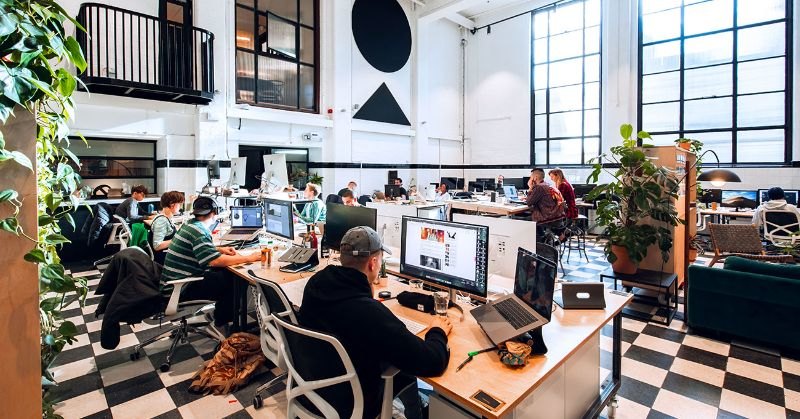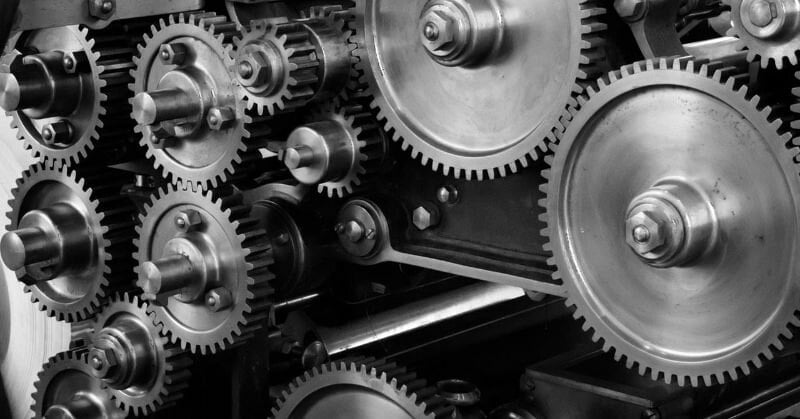Steel is the backbone of modern infrastructure, essential for everything from skyscrapers to automobiles. Understanding the dynamics of steel supply is crucial for industries and economies worldwide. This article delves into the complexities of steel production, global supply chains, market trends, and future prospects.

The Steel Production Process
The journey of steel begins with the extraction of raw materials, primarily iron ore, coal, and limestone. The production process involves several key steps:
-
Ironmaking: Iron ore is smelted in a blast furnace to produce molten iron, also known as pig iron. Learn more about ironmaking at World Steel Association.
-
Steelmaking: The molten iron is then converted into steel by removing impurities and adding alloying elements. This can be done using basic oxygen furnaces (BOF) or electric arc furnaces (EAF). More details can be found at World Steel Association.
-
Casting: The molten steel is poured into molds to form slabs, billets, or blooms, which are then rolled into final shapes. Visit American Iron and Steel Institute for more information.
-
Forming and Finishing: The steel is further processed through rolling, coating, and heat treatment to achieve the desired properties and dimensions. Learn more at American Iron and Steel Institute.
Global Steel Supply Chain
The global steel supply chain is a complex network involving raw material extraction, production, distribution, and consumption. Key players include major steel-producing countries like China, India, Japan, and the United States.
The supply chain can be affected by various factors, including:
-
Trade Policies: Tariffs and trade agreements can significantly impact steel imports and exports. For updates, check U.S. Department of Commerce.
-
Economic Conditions: Economic growth or recession in key markets influences steel demand. Learn more at OECD Steel Market Developments.
-
Technological Advances: Innovations in production techniques can improve efficiency and reduce costs. Visit World Steel Association for insights.
-
Environmental Regulations: Stricter environmental policies can affect production methods and costs. For more details, see EPA Global Greenhouse Gas Emissions Data.
Market Trends in Steel Supply
The steel market is subject to fluctuations based on supply and demand dynamics. Current trends include:
-
Increasing Demand: Rapid urbanization and industrialization, particularly in developing countries, are driving up steel demand. Visit World Steel Association Statistics for data.
-
Price Volatility: Steel prices can be highly volatile due to changes in raw material costs, geopolitical tensions, and market speculation. For latest price updates, check London Metal Exchange.
-
Sustainability Focus: There is a growing emphasis on sustainable steel production, with efforts to reduce carbon emissions and increase recycling rates. Learn about sustainable practices at World Steel Association.
-
Technological Integration: The adoption of advanced technologies like AI, IoT, and automation is enhancing production efficiency and supply chain management. For more information, see American Iron and Steel Institute.
Future Prospects of Steel Supply
The future of steel supply is poised to be shaped by several factors:
-
Green Steel Production: Innovations in green steel production, such as using hydrogen instead of coal, aim to reduce the carbon footprint of steelmaking. Learn about green steel at World Steel Association.
-
Recycling and Circular Economy: Enhanced recycling techniques and circular economy practices will play a crucial role in sustainable steel supply. Visit World Steel Association Recycling for more information.
-
Global Supply Chain Resilience: Strengthening supply chain resilience through diversification and advanced logistics is essential to mitigate disruptions. Check McKinsey on Supply Chains for insights.
-
Policy and Regulation: Evolving policies and regulations, particularly concerning climate change and trade, will influence steel production and supply. For latest policy updates, see World Trade Organization.
Conclusion
Understanding the dynamics of steel supply is essential for navigating the complexities of this vital industry. From the production process to global supply chains, market trends, and future prospects, the steel sector is continuously evolving. Staying informed about these dynamics enables stakeholders to make strategic decisions, ensuring a resilient and sustainable future for steel supply.



